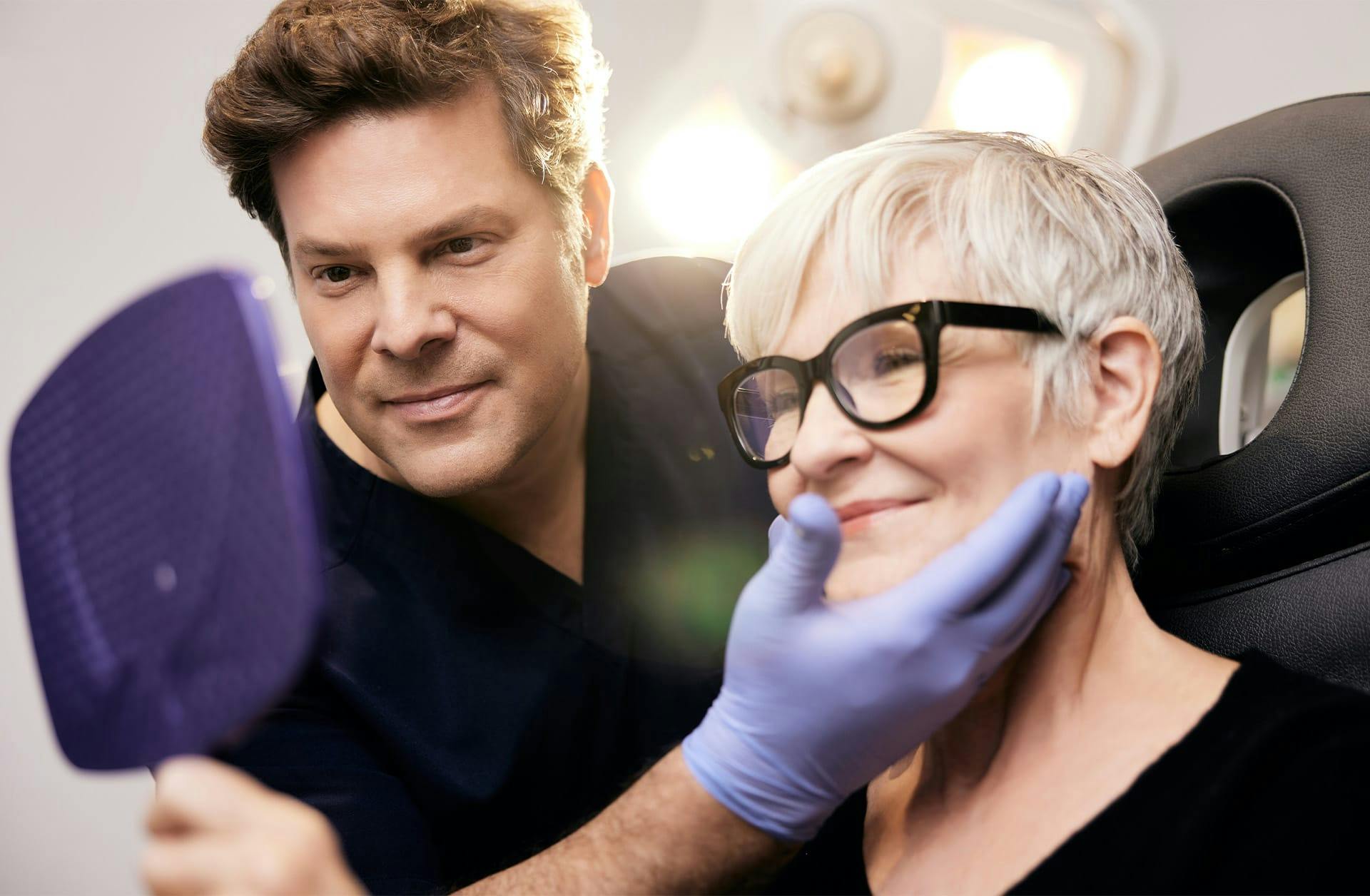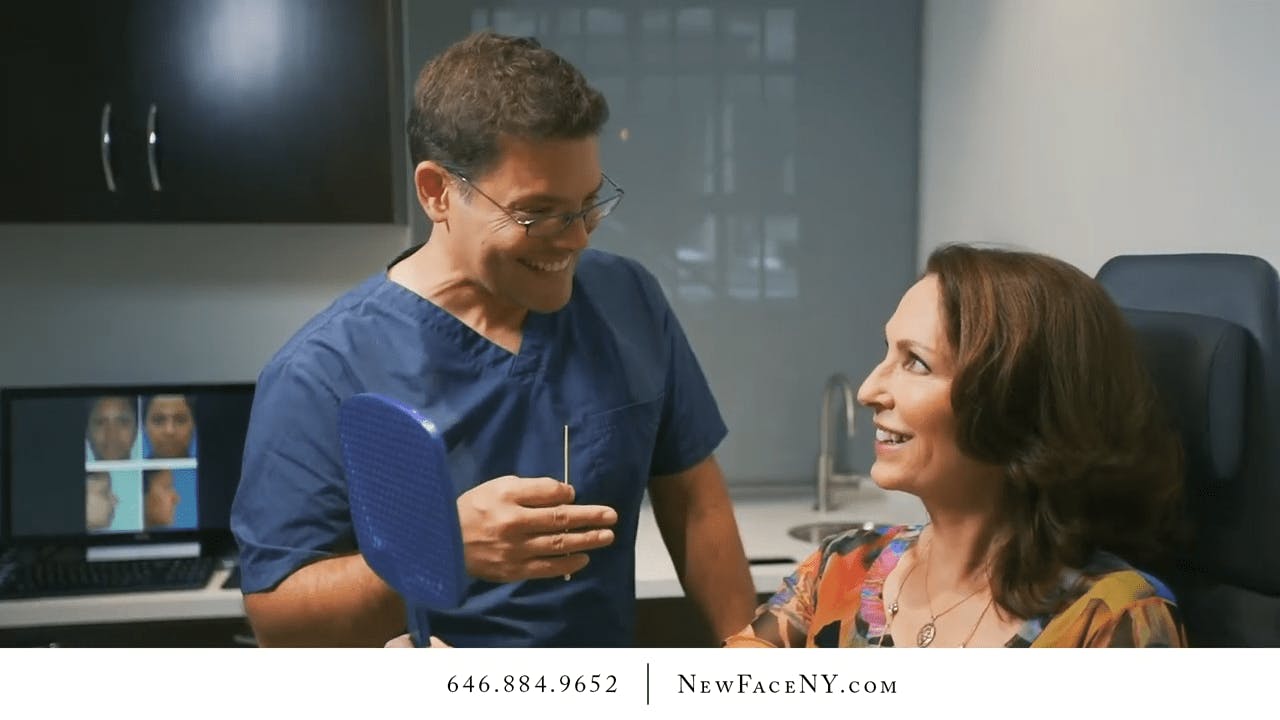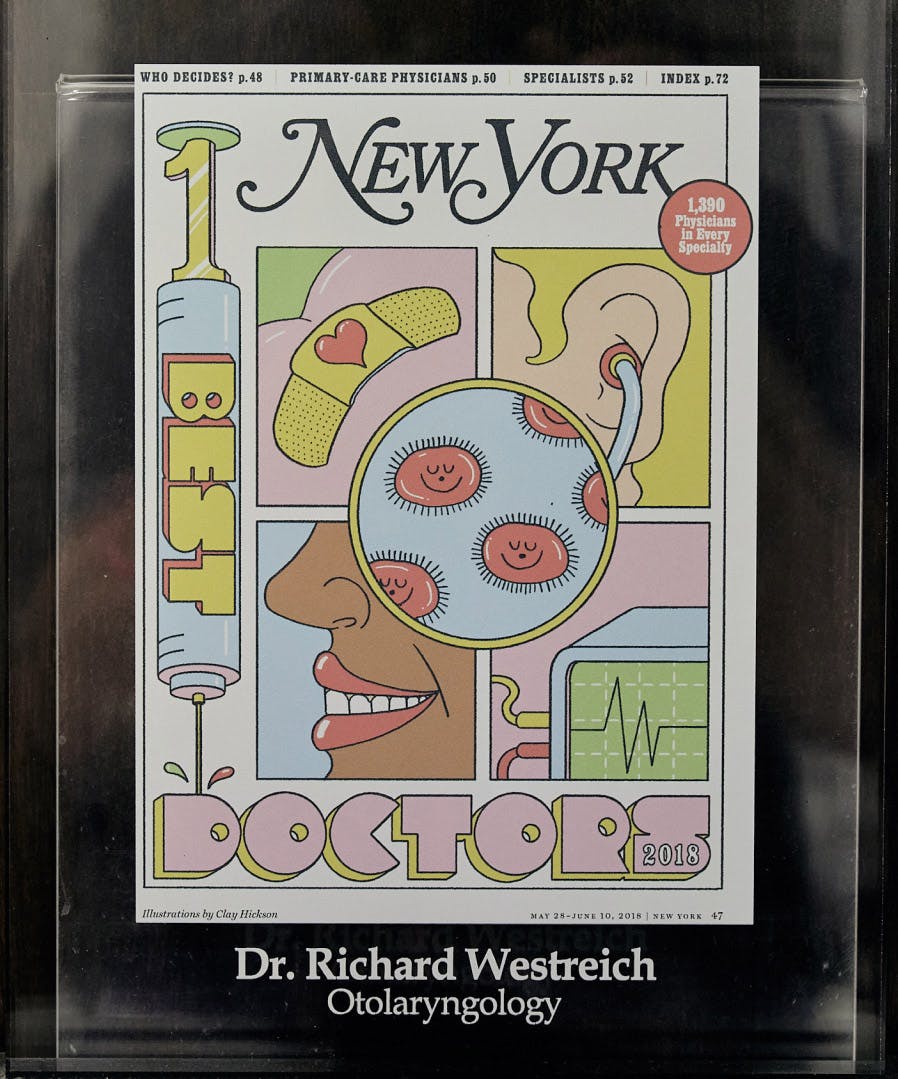Facelift surgery in NYC with Dr. Westreich is a highly individualized surgical procedure that rolls back years of aging to help you achieve smooth, tight, youthful skin and facial features.
A Facelift involves lifting the skin tissues, removing excess skin, and tightening the underlying muscles to enhance facial contours, reduce wrinkles, and rejuvenate your skin.
This comprehensive approach aims to create a smoother, firmer facial profile and a more defined jawline, effectively reversing the effects of aging and restoring a more youthful appearance.
A point of confusion amongst patients is that a Facelift involves lifting the entire face. Medically, a Rhytidectomy, or Facelift, targets the lower face, jawline, and neck, so it is sometimes further clarified as a Lower Facelift. To lift the entire face a patient would need to have 4 procedures - a Lower Facelift, Browlift, Upper and Lower Eyelift, and potentially a Midface lift - all done at the same time. For the purposes of this page, we will focus on describing a Lower Facelift.
Selecting a top facial plastic surgeon to achieve natural-looking results is crucial. Dr. Westreich, recognized as a “Top New York Plastic Surgeon” by NY Magazine, works diligently to maintain this reputation. He specializes in various facelift techniques, catering to individual needs and concerns, including partial facelifts. Through a thorough assessment of your cosmetic goals and in-depth discussions, he tailors the ideal facelift procedure to meet your specific requirements.











